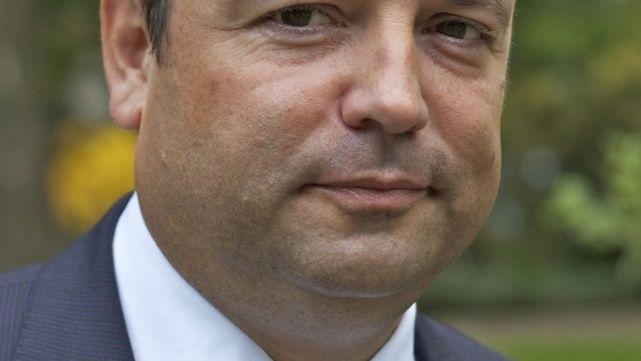The FSA Spy market buzz – 30 May 2025
Korean AI-driven investing, The wisdom of Nvidia, Goldman Sachs and active good news, The sheer size of the top ten, Ferris Bueller and Trump’s tariffs, A trillion here - a trillion there, and much more.

Seaman’s big investment mistake came way back in 1993, but it has relevance for the investment environment today. Back then, the market had strong expectations that the US Federal Reserve was going to raise interest rates – tighten monetary policy.
However, 1993 was the time of a major bull market in bonds and interest rates had hit a record low of 3%.
“We were still running relatively long positions and we thought we could get out before the Fed tightens and it wouldn’t be much risk to our portfolio. That turned out to be completely wrong.”
Then in February 1994, the Fed surprised the market by raising rates 25 basis points. Bonds sold off and yields rose. The schedule accelerated with rate hikes in March, April, May and August. By November, interest rates had nearly doubled to 5.5% from 3% in January, resulting in a disastrous bear market for bonds.
“We got caught out by that,” Seaman said
It was a time when he took too much risk even though he knew that the Fed was going to raise rates.
Seaman said that the experience helped him enormously in understanding how to manage money, noting that only a few managers have been through a shift of monetary easing to a tightening cycle.
“That taught me quite a lot how bond markets can overreact to certain events.”
Because of that experience, Seaman now buys bonds that have sufficient cushions, particularly under-priced bonds, for unexpected outcomes.
“So we try and make sure that the risk is minimised as much as possible.”
 An investment opportunity for the coming decades: the environment
An investment opportunity for the coming decades: the environment
 Tech WELLcovered | Work reimagined
Tech WELLcovered | Work reimagined
 Dynamism is the name of the game for this global macro strategy
Dynamism is the name of the game for this global macro strategy
 How can a sustainable approach also ensure you don’t compromise performance?
How can a sustainable approach also ensure you don’t compromise performance?
 Your Questions Answered by Federated Hermes Impact Opportunities
Your Questions Answered by Federated Hermes Impact Opportunities
 Fixed income – making ground in ESG as ETFs see rapid growth in AUM
Fixed income – making ground in ESG as ETFs see rapid growth in AUM
 Exciting opportunities in AI & Robotics outside of traditional tech
Exciting opportunities in AI & Robotics outside of traditional tech
 Sourcing resilient yield and income through short-dated credit
Sourcing resilient yield and income through short-dated credit
 How ETFs offer an active way to drive sustainable returns
How ETFs offer an active way to drive sustainable returns
 Taking a thematic approach to harness disruption
Taking a thematic approach to harness disruption

Korean AI-driven investing, The wisdom of Nvidia, Goldman Sachs and active good news, The sheer size of the top ten, Ferris Bueller and Trump’s tariffs, A trillion here - a trillion there, and much more.
Part of the Mark Allen Group.
